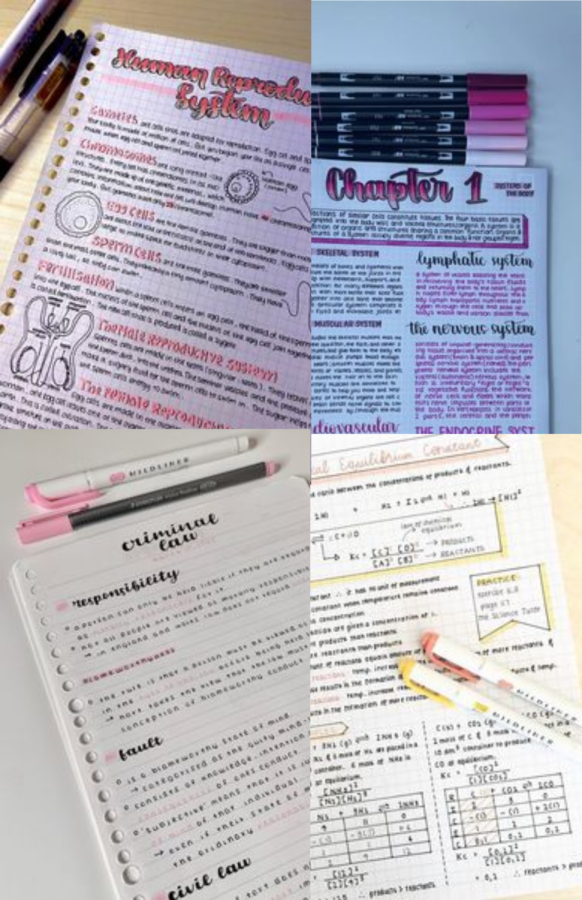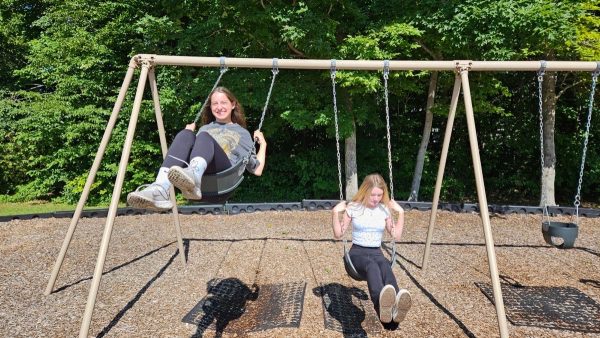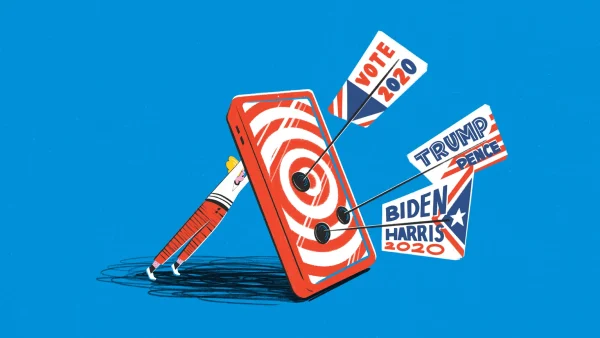The art of taking notes varies from student to student
How you take notes for your classes is crucial to your success in learning and retaining vital information.
Because not everybody’s mind works precisely the same way, no single style of note-taking will universally benefit everyone. As people began to realize this, hundreds of ways to take notes have been created.
Cornell notes, mind mapping, flow charts, and so many others have been introduced into the world of learning. So many factors play into the best way to take notes, that sometimes it feels almost impossible to figure out the most productive and memorable way to take notes. Different classes work differently and require an almost overwhelming amount of effort just to learn what works for you.
If you look at ten peoples’ notebooks, all for the same class, their notes will most likely look completely different. While some of the differences will obviously be in the style of notes taken, much more will be in what the notes themselves look like.
The way I see it, a person’s notes will look one of two ways. That being said, these are highly generalized groups, and there will of course be styles that lie somewhere in the middle. Nevertheless, if you are anyone who has taken notes for a class in the past couple of years, your notebooks will most likely be filled up one of these two ways.
The first is classic, messy notes. Whether they’re bulleted, paragraphed, in a flowchart, or anything else, they will be written in just a pen or pencil and with no obvious quest for how neat or pretty they look.
By about halfway through the year, this is how my notes start to look. My handwriting turns sloppier, my lines are shakier, and the titles of each set of notes are written in plain, regular font.
On the flip side of this, that is what I am constantly striving to do: take perfect, pretty, and aesthetically pleasing notes.
As I have to convince myself daily, there is absolutely nothing wrong with taking notes this way. The fact that they aren’t as aesthetically pleasing as you might want them to be doesn’t mean that they are less effective at their job.
Personally, I know that when the school year starts to become more stressful and my work starts piling up, I just don’t have the time to focus more on taking my notes than studying them, and despite what my internal monologue is constantly telling me, this doesn’t make me any worse of a student.
On the flip side of this, that is what I am constantly striving to do: take perfect, pretty, and aesthetically pleasing notes.
I constantly find myself scrolling through my Pinterest feed, staring at picture after picture of notes that are so flawlessly perfect that they almost look fake. They are color-coded; the endless fonts used for titles, subtitles, and headers look more like they were printed than drawn, and the actual writing seems more likely to be typed than written with a pen.
Sometimes, I want so badly to be able to take notes like this that I end up spending my valuable, and very sparse homework time, meticulously curating my notes instead of doing what I actually should be doing and studying them.
If you’re better at time management than I am and prefer more artistic methods of studying, this way of taking notes might work better for you than just writing down everything at once will. It is much more organized and arranged and will inevitably make the idea of studying more appealing.
No matter what method of studying and note-taking works best for you, the fact remains that there is no best way to do it. Different styles, methods, and ways of studying work better for some people than they do for others, and this doesn’t begin to cover which ways work differently for different classes.
The process of learning the best way to learn, take notes, and study will most likely not be easy; weeks of trial and error are almost guaranteed, and it might be frustrating at times. But that’s the case with anything worth doing.
My advice is just to do what feels right. Whatever works best for you, makes you the most productive version of yourself possible, and feels the most right to your brain is bound to be the most effective method and provide the best result.

Evelyn is a sophomore entering her second year on The Central Trend. Outside of school, she enjoys reading and hanging out with her friends. Her other...






























































































